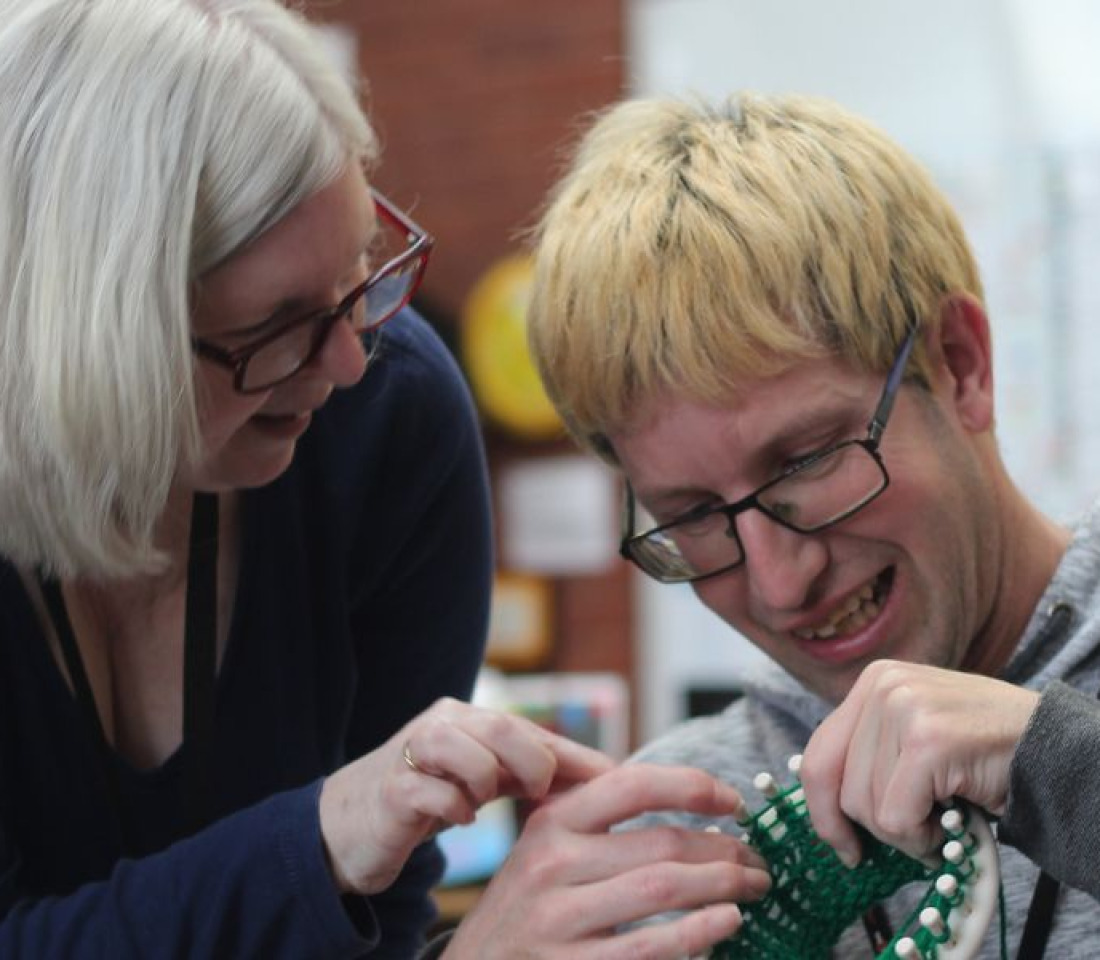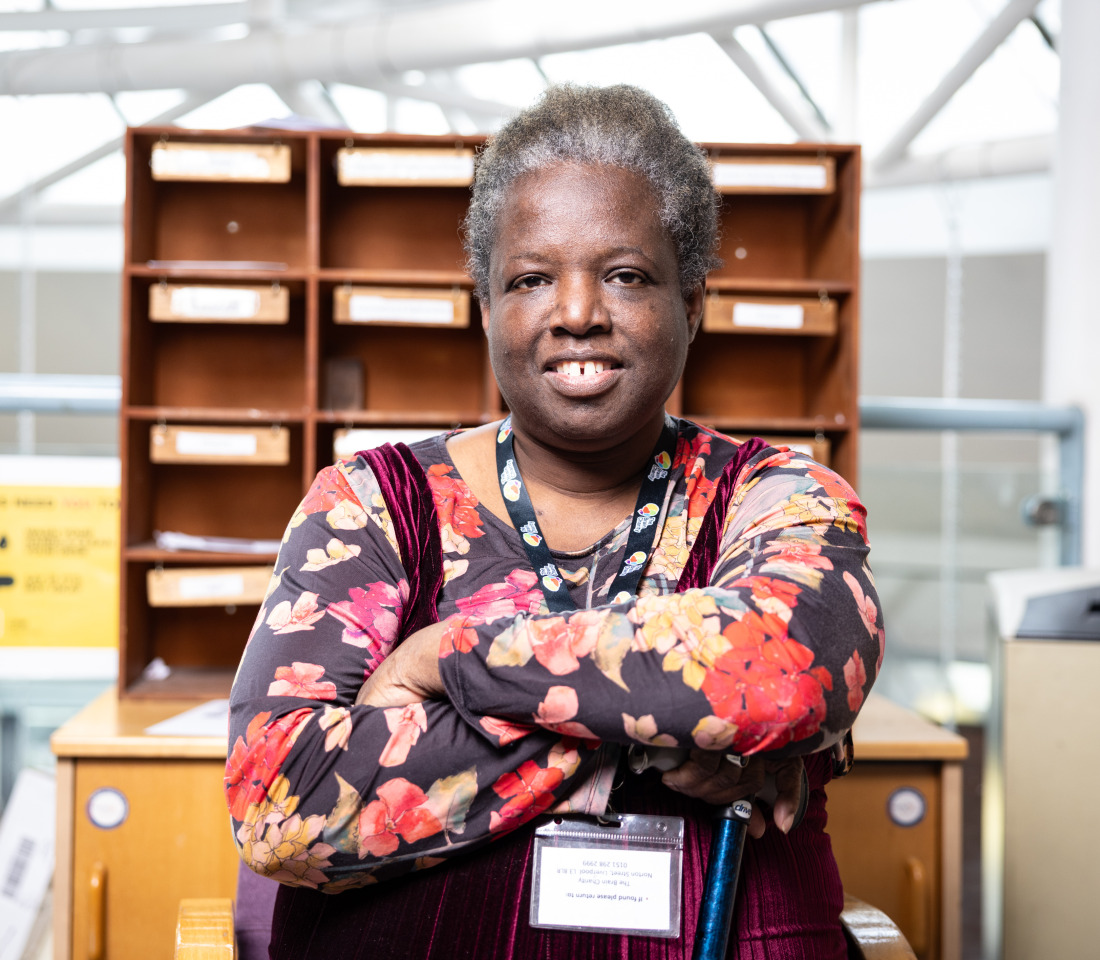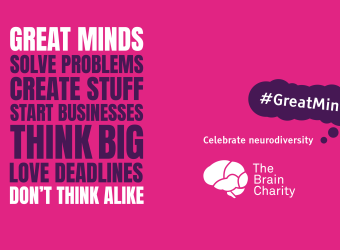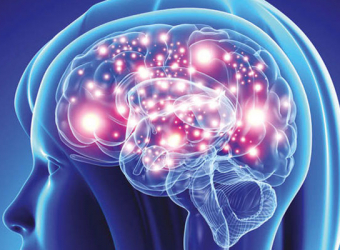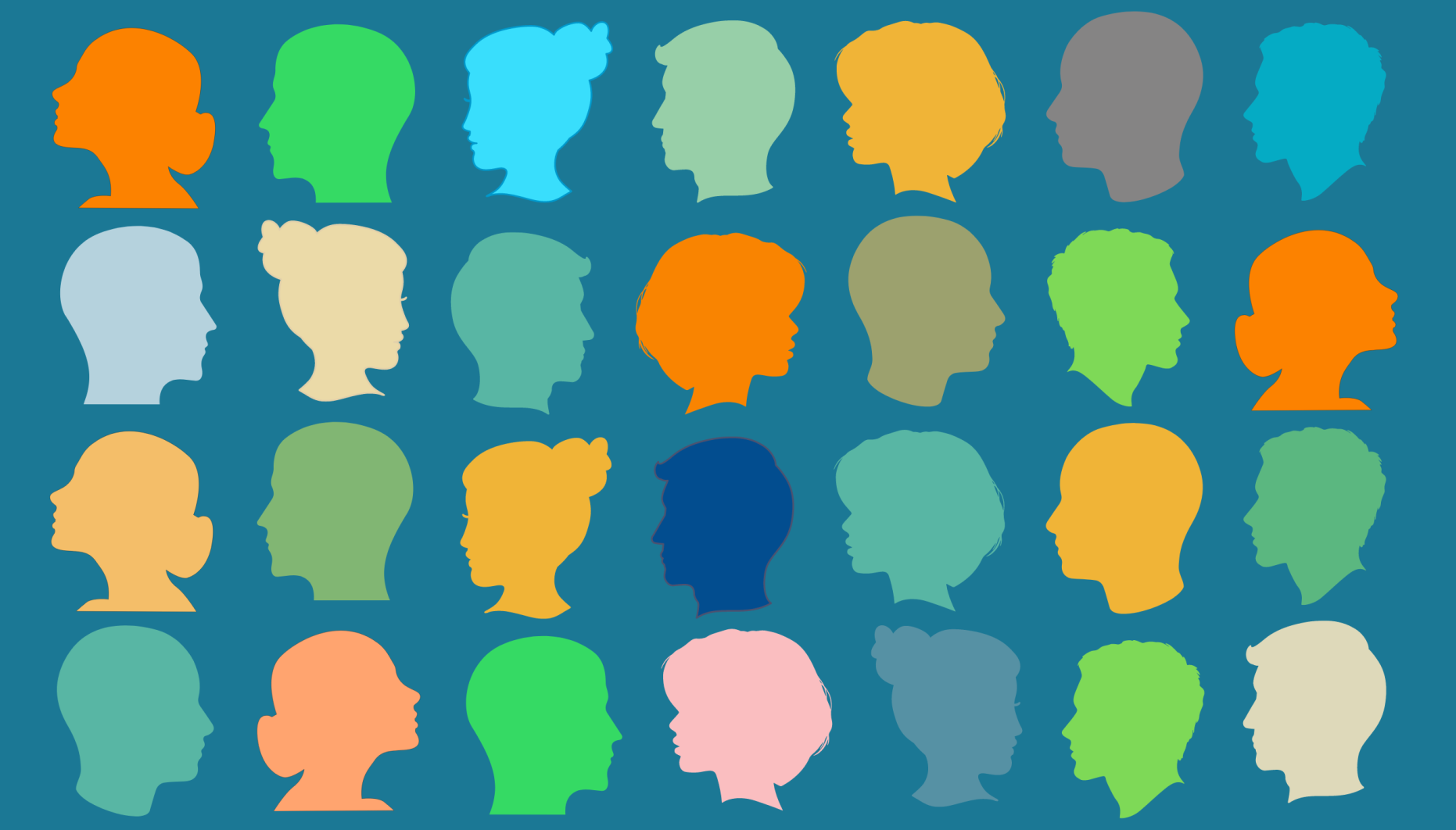
What is neurodiversity? Explaining how some people’s brains work differently
People who are neurodiverse and neurodivergent are a huge asset to society
People who are neurodiverse and neurodivergent are a tremendous asset to society. Each person has a brain that is unique to them; no two brains are quite alike. For over a million people in the UK, these differences mean they are diagnosed with autism, ADHD, dyslexia, dyspraxia or another neurological condition.
Neurodiversity is the idea that cognitive conditions, such as autism, ADHD, dyslexia and dyspraxia, are natural variations in how people think and process information. Technically, every group of people is neurodiverse because we all have different neurology – meaning we all process information and experience the world in slightly different ways.
The term “neurological diversity” was first used in 1996, and around that time, multiple thinkers and activists – including Australian sociologist Judy Singer – began shaping what we now call the neurodiversity movement. Singer proposed that autism was not a deficit or disorder but simply a difference in how the human brain functions.
Since then, the broader disability community has adopted the word “neurodiversity” as an umbrella term that challenges outdated clinical models and supports more inclusive social perspectives. New terms like neurotypical (to describe those with typical neurology) and neurominority (to describe those with forms of innate neurodivergence, such as ADHD) have emerged as part of this evolving language.
It’s important to remember that preferred language varies, and individuals also use terms like “neurodivergent,” or “neuroqueer.” The most respectful and accurate approach is always to ask people which terms they personally prefer.
Misconceptions were common
In the past, it was sadly common to view someone who was autistic, for example, as having an ‘abnormal’ condition that should be ‘cured’.
However, the concept of neurodiversity emerged in the 1990s. This concept tells us that these brain differences are natural variations. Some people’s brains simply work differently.
The social model of disability
This is linked to the Social Model of Disability, which tells us that a person is not necessarily disabled by their health conditions, but by society’s failure to adequately accommodate their needs. This is why we ensure that buildings are accessible to wheelchair users, and have hearing loops for the hearing impaired. Neurodiversity applies this concept to our brains.
Neurodiverse teams – a strength, not a compromise
Much recent debate has centred on workplaces and whether neurodiversity benefits organisations and their employees. The basic skills typically valued by employers, such as a grasp of numbers or the ability to concentrate for extended periods of time, are often those that people with neurological conditions find the most difficult.
However, the concept of neurodiverse or neuro-complementary teams has gained traction in business and management. These are teams intentionally built to include individuals with diverse cognitive profiles, where leaders focus on harnessing differences to drive innovation and creativity. As Smith & Kirby (2021) note, neurodiverse workforces can help organisations increase performance, productivity, and problem-solving ability, precisely because they include varied ways of thinking.
Masking can cause mental struggles

Furthermore, although the Equality Act requires employers to put in place ‘reasonable adjustments’ for disabled employees, many of these conditions are ‘invisible’. Lots of neurodiverse and neurodivergent employees will have trained themselves to ‘act more neurotypical’, known as ‘masking’. This extra pressure is often the cause of stress and depression and is likely to make some conditions worse.
But the benefits of a neurodiverse workforce are huge
ust as how it is widely recognised that a workplace diverse in terms of gender and ethnicity is a benefit, a neurodiverse workplace is one that will be full of the many strengths which people with neurological conditions often have.
Someone with ADHD, for example, may struggle to sit at a desk for eight hours in a row but may also bring creative and unique ways of problem-solving. Autistic employees are likely to bring a variety of interesting, different viewpoints and niche interests that are a boon to any employer.
Neurodiversity reminds us that everyone with a neurological condition is different and cannot be so straightforwardly pigeon-holed. In many cases, working with neurodiverse people to identify their ideal role as well as potential barriers can lead to the most productive workplace for all.
Want to create an organisation that celebrates neurodiversity?
The Brain Charity now runs bespoke neurodiversity training for employers. Click here to find out more.
Categories: Advice, Employment, Neurodiversity
Published: 18 September 2021

